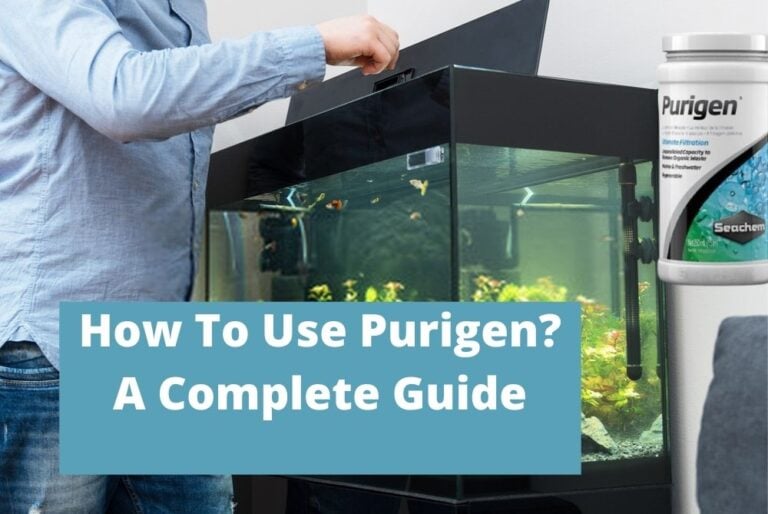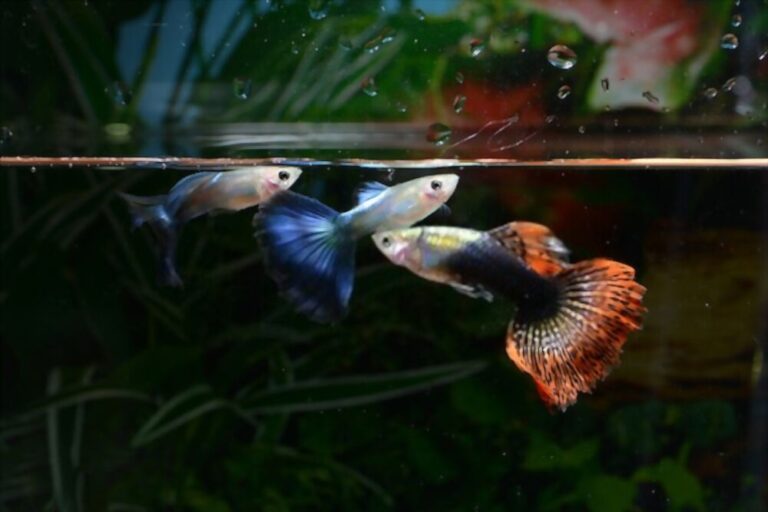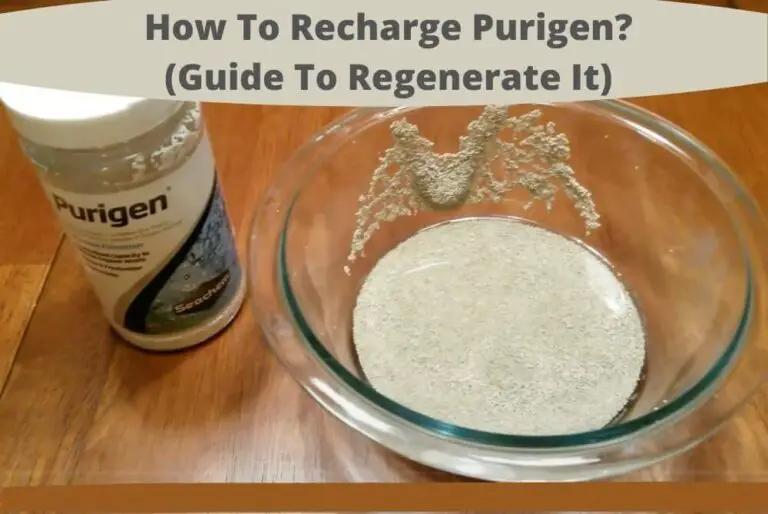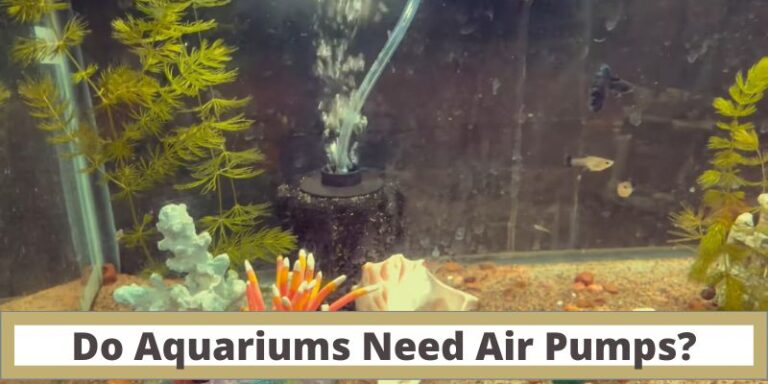Sponge Filter VS Canister Filter (Which Is Best For You?)
A filter is one of the essential things in aquariums. Choosing the right filter is a little bit confusing for many aquarists and especially for beginners.
Canister filters and Sponge filters are the popular filters available in the market. Here we go for the comparison to choose the best one for you between the sponge filter vs canister filter.
Features of Sponge Filter & Canister Filter
| Sponge Filter | Canister Filter |
| Sponge filter provides mechanical filtration. | The canister filter is an aquarium filter that removes water from fish taken. |
| Once the sponge has grown some bacterial colonies, it provides biological filtration. | This filter is available in chemical, biological, and mechanical filters according to the demand. |
| This filter comes in different shapes and pores and does not require any maintenance. | It requires maintenance and needs to be cleaned every 1 to 3 months. |
| Easily available on any online platforms as well as in shops in nearby areas. | The canister filter is available on all online platforms. |
| Its price ranges from 500$ to 20$ (Check the latest price on Amazon by clicking here). | Its price range is from 60$ to 400$ (Check the latest price on Amazon by clicking here). |

Canister filter
Canister filters are usually mounted under a stand and concealed far out. Inlet and outlet fittings made of one of the plastic or metal and glass hold tight the tank.
They are associated through cylinders (generally vinyl) which permit the water to stream through the channel.
In many cases, the inlet and outlet tubes are customizable and may offer numerous water choices to enter one more time into the tank, such as shower bar, stream return, lily pipe, and so on.
Easy to Set Up?
Canister filters are very easy to set up at your homes and offices. Here we have given a few steps that will help you in the installation process of canister filters.
Steps for Setting up Canister Filter
- Identify your parts.
- Prepare your tank.
- Prepare your filter.
- Install Mechanical, Chemical, and Biological media.
- Prepare intake.
- Prepare output.
- Start your filter.
Operations
The filter can be controlled by either an inward engine or an in-tank siphon that powers water into the canister. Aquatop’s canister filter entirety has inside-mounted engines and depends on gravity to begin the framework.
The channel is loaded up with water. The inside pump controls the framework by constraining water out of the channel. And back into the tank through your channel’s outlet.
The area of the inside siphon changes by the maker, yet theoretically, they work equivalent. Canisters fueled by in-tank siphons that are not dependent on gravity begin the framework as water is constrained into the channel and not the gravity field.
Low Maintenance Required?
When it comes to a number of times cleaning it or performing maintenance, it requires a little bit of hard work but no always required to clean it every two to three weeks just like a sponge filter.
Canister filters are very low maintenance and are reliable filters. Most canister filters need to be cleaned every one to three months with your normal water.
How To Maintain Canister Filter (Cleaning Canister filter)?
You will require water from the aquarium for cleaning the canister filter. Please take it to where you can wash it.
Recollect that grim water. Otherwise, it will stream anywhere in the room. Remember that before picking an appropriate area for cleaning, open the associations and let the water stream.
Now you need to isolate the cover of the filter. You need to search for the screws that hold them together. If you cannot discover them, search for guidelines printed on its body.
At that point, open the screws in a steady progression. After the screws are opened, eliminate the top cautiously. When taken out, you should see media bushels which is the peripheral layer of the filter. While you are taking the cover off, you should be careful.
The media could, without much of a stretch, tumble off the bin you surge while opening. That way, there will be additional cleaning obligations for you other than the canister. Now eliminate the container alongside the media from the canister.
You will see that numerous buckets are connected along with poles. Open the poles and separate every bushel from each other.
When the containers are eliminated, the canister is vacant. You will see some trash left inside the canister. Clean it with a showerhead or aquarium water. Flush with water completely and get the particles out of the canister.
If there is any cushion or foam inside the chamber, eliminate them. Spot them on the bowl. A few canisters might not have foam inside. Put the unfilled bushels in the bowl also.
Wash the container and the froths completely. Both bought to be noticeably perfect. You will see the darkness disappearing as they are washed with water. Proceed with this until they seem more brilliant and all the dim spots disappear totally.
Once cleaned, set the froths back into the channel. Spot the bushels associated with bars as it was the point at which you opened them. Set up everything as it was before, so it looks like it was the point at which you opened it.
Effectiveness
Canister filters are much more efficient than other filters. Because the water is powered through the filter, the media will grab more waste than other filters. Having more media will allow grabbing more waste, such as ammonia and nitrate.
Canister filters are substantially more reliable with regards to filtration for saltwater and planted aquariums. They work similarly also for freshwater tanks, as well.
These kinds of filters outside of the tank use hoses lowered in the tank to filter the water. These filters are not usually the beginner’s decision since they require much information to set up and keep up.
They do not care for power filters that can be connected and set on the tank. These require hoses, organic filtration, routine cleanings, and they are very costly.
Noisy?
A canister filter will be loud in starting because of water bubbles. But eventually, it works silently than other types of filters.
Sponge Filter
A sponge filter is the basis of all filters, and it consists of three components mainly.
- First of all, we need a sponge filter which will easily fit in the tank.
- An air pump.
- An airline tubing to connect them.
The air pump will push the air through tubing into the filter.
Easy to Set Up?
It may be confusing because you will see a bubble when you plug it in and water not getting sucked into the filter intake.
Water is pulled past a colonized channel media (sponge) using a single lift tube. Most standard units utilize an air pump to push the water from the tank to the filtration system, while huge assemblies use powerheads instead.
When you buy your sponge filter, it will have a little airline only close to the lift tube where you associate the air pump.
Through that opening, air will get blown into the filter body, go past the pull area, and then rise by means of the lift-hose, which makes the bubbles you see.
Once in the filter suction part, the air will draw water from the tank through the sponge where it is filtered. At that point, along with the air bubble, it will rise through the lift cylinder to leave the filter system clean.
As you may as of now have seen, the part where the sponge media sit, which is the (or are) the inlets, will have spaces that let water into the filter unit once the air pump or powerhead makes the pull.
Obviously, similar to any biological filtration system, your sponge should have a created bacteria colony to clean your water.
Maintenance Requirements
It would be best if you were too cautious about cleaning your tank filter to make a point not to clean it too altogether or time and again. Besides your tank substrate, your aquarium filter is likely where valuable bacteria have collected the most.
If you clean your filter from time to time, you could wind up killing a critical part of your tank’s organic filtration system, and that could make your tank recycle.
Tragically, there is no firm standard for how frequently you should clean your aquarium filter because the necessities are diverse for various sorts. Underneath, you will locate some broad suggestions for how regularly to clean the sorts of the filter.
Usually, sponge filters are easy to clean, and maintenance is not much required. Normally sponge filters are needed to be cleaned about every two weeks.
Effectiveness
Sponge filters are not mainstream filters for fish stores since they are excessively reasonable and produce little pay. The arrangement is a basic wipe and some plastic lodging.
When you buy the filter, you will not return for charcoal media, packs, outlines, electric siphons, and the entirety of different extras expected to run other channels.
Noisy?
Normally sponge filters are not noisy, and they work silently. But if you are using a powerful pump, then there will be some noise, and you cannot do anything about this. The noise is coming from water bubbles which is not a big problem.
Indeed, sponge filters can be an excellent pre-filter for your canister filter. The sponge productively shifts through the more significant materials in the water and afterward moves it to the canister filter that further cleans the water.
Final Thoughts for Sponge Filter vs Canister Filter
The sponge filter and Canister filter are good as per the requirements. But when it comes to the performance and the capacity of filtering the water, then the canister filter is the winner without any doubt. Also, if you have a large fish tank, you should obviously go for a canister filter.
Both the filters have good features, but if you do not want to buy a costly filter and you are having a small fish tank with few fishes then you can go for a Sponge filter. But you should be careful about your fish if you are planning to have only a sponge filter in your fish tank.







